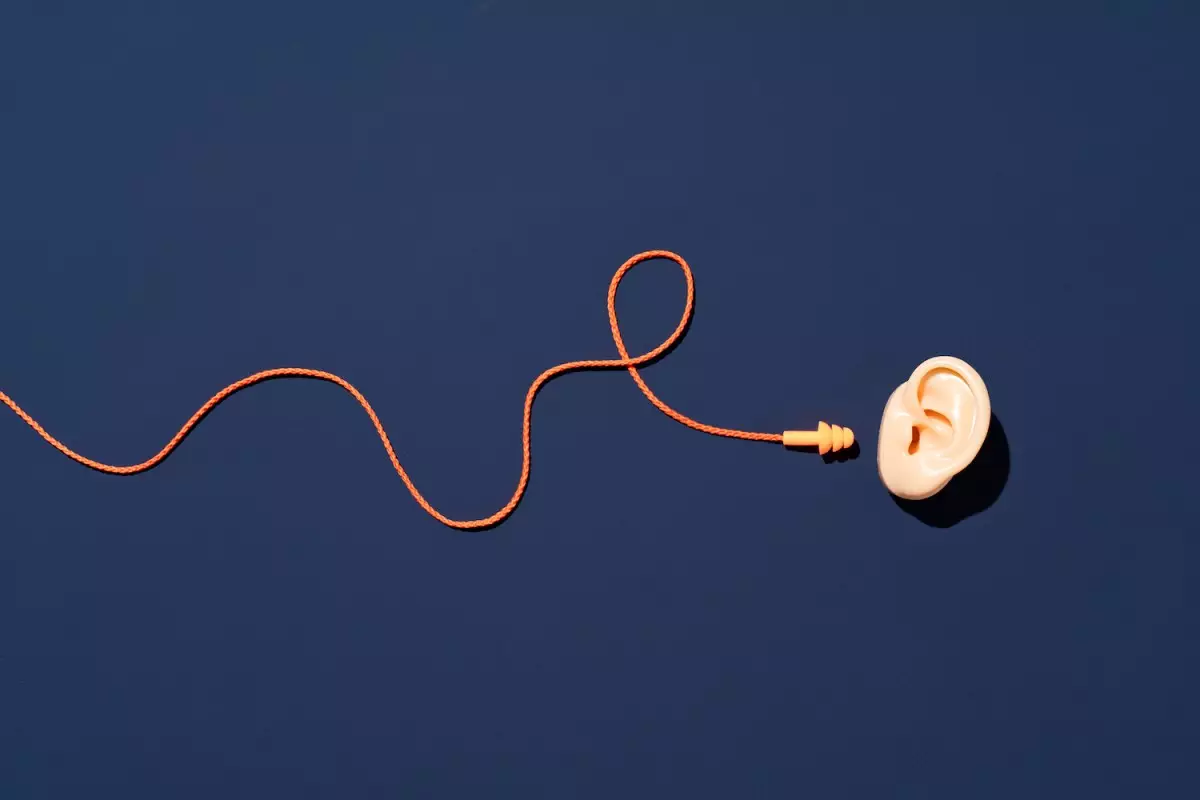As technology advances, so do the innovative features of personal audio devices. In particular, noise-canceling headphones have skyrocketed in popularity, providing users with a pathway to escape into their audio worlds without the distractions of the outside environment. However, as users embrace this technology, researchers are beginning to scrutinize its potential effects on auditory processing and brain function. This article explores the unsettling connection between these modern earphones and auditory processing disorders (APD), raising pressing questions about their long-term implications for our hearing health.
Auditory processing disorder is a complex, often misunderstood condition that transcends mere difficulties in hearing. It involves the brain’s inability to effectively interpret sounds, words, and language—a challenge that can significantly impair daily communication skills. Recent reports indicate an alarming increase in young people, particularly those in their twenties, being diagnosed with APD. One documented case involved a British woman whose normal hearing test results starkly contrasted with her struggles to focus on sounds, culminating in her diagnosis. Such cases reveal a troubling disparity between auditory perception and cognitive processing capabilities.
The prevailing theory suggests that noise-canceling headphones may inadvertently lead to a decrease in the brain’s capacity to filter and process sounds. While initially designed to protect users from overwhelming auditory environments, the continuous use of this technology could result in a form of auditory dependence. Users begin to lean heavily on technological aids, which might inhibit their natural abilities for sound recognition and differentiation. Audiologists in multiple NHS departments in the UK have echoed this sentiment, noting a notable uptick in referrals from young individuals experiencing auditory processing challenges.
Although the link between noise-canceling headphones and APD presents a compelling area for investigation, it remains largely under-researched. Experts in audiology are advocating for more rigorous studies to assess how prolonged exposure to these devices impacts both auditory processing and overall brain function. This further research is essential, not only to establish a direct causal relationship but also to ensure that young people are made aware of the potential risks that accompany their beloved noise-canceling technology.
As we dive deeper into understanding auditory processing disorders, it becomes crucial for individuals—especially younger generations—to recognize the impact that noise-canceling technology may have on their cognitive skills. While these headphones offer convenience and comfort in bustling environments, users must balance their benefits against the potential risks posed to their auditory health. Ongoing dialogue, awareness, and further research are necessary to pave the way for safe listening habits that can protect both our hearing and our brain’s auditory processing capabilities for years to come.

